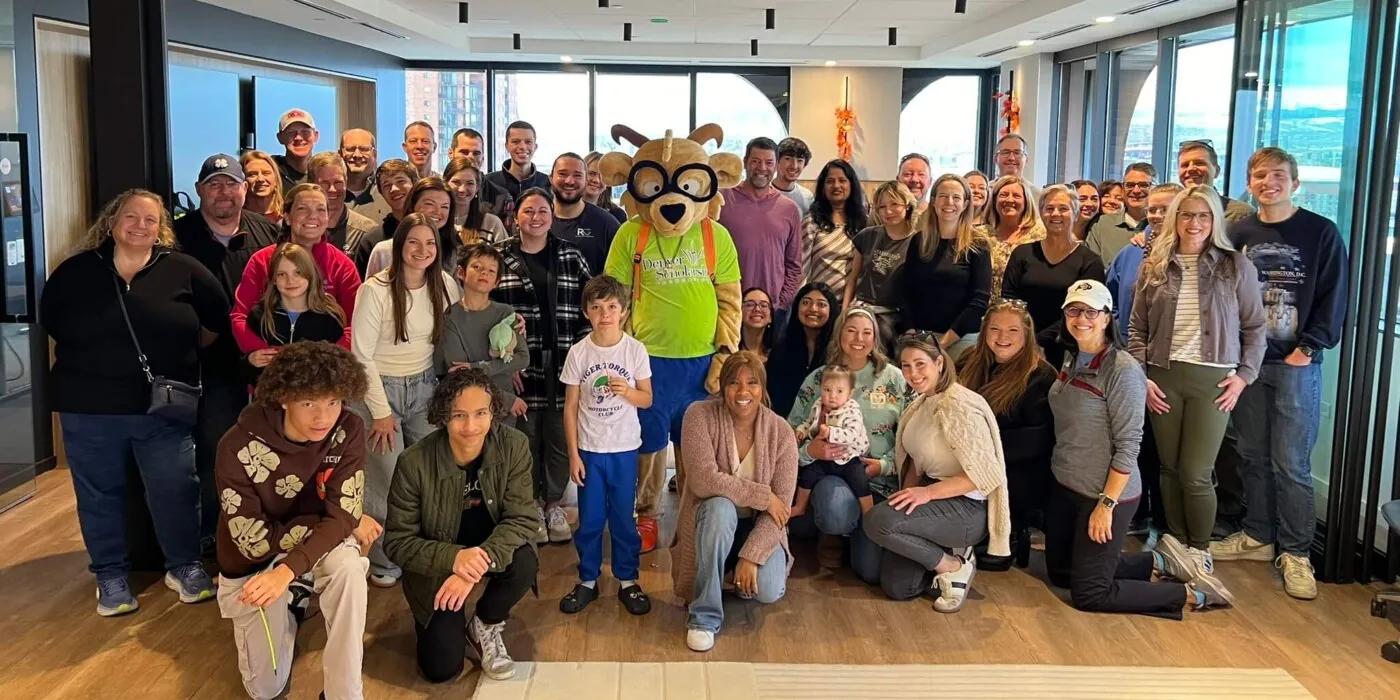In a world where your customers desire an optimal human, digital, and self-service UI experience that delights them, many IT tools and antiquated IT networks cannot keep up with these rising customer expectations. According to the 2022 Digital First Customer Experience Survey81% of consumers say that they want more self-service options and per Forrester, self-service interactions have surpassed human interactions, 15 to 12. In that same survey, only 15% of consumers reported being very satisfied with the self-service tools they are offered today, and yet when businesses were asked how consumers felt, they estimated 53% are very satisfied.
IT Network Modernization
At its core, IT Network Modernization means replacing existing legacy systems in your network infrastructure with more modern, adaptable solutions that are optimized for exceptional employee and customer experiences. According to research, many companies have an IT technology stack that includes:
Most executives understand they need to secure funding for IT, however, they also need to provide the necessary leadership to ensure IT is promoting customer-focused solutions alongside their modernization efforts. Commonly, legacy systems are simply patched to address critical needs. While this may address short-term issues, in the long run, this can inhibit the organization’s ability to meet customer expectations. It’s almost impossible to create optimal digital and self-service experiences with this type of technical stack.
Tackling Challenges Along the Tech Stack Journey
An optimal digital customer journey means providing continuity between the technical journey, the contact center, the UI, self-service options, and your customer experience (CX) analytics program.
Challenge 1: Building a Supportive IT Stack
An IT Network that is slow, convoluted, or otherwise cannot keep pace with customer expectations has a direct negative impact on customer churn. If the statistics above raise red flags for your IT department, evaluating ways to improve the technical journey are critical, as IT has a massive influence on the enterprise’s digital customer experience, and the CX Program’s overall ability to make improvements. Assessing the maturity of your organization’s IT network and tech stack will help you design the best strategy to impact experiences.
Tactics to address this:
- Educate your C-Level executives about the IT and technology challenges, viable solutions, and use case studies from your data or competitors that show the evolution and experiences you are looking for.
- Gain executive alignment via employee and customer feedback that supports your business case.
- Develop organizational alignment that brings together contact center executives, digital, and UI teams to create a team strategy to improve experiences. These teams often work in silos, yet they directly impact each other.
- Investigate journey optimization CX tools — Take some time to evaluate how AI and journey optimization tools can improve experiences in real time.
[Success Story: Driving Qualtrics Adoption and CX Improvements]
Challenge 2: Decentralized Approach
Many CX programs, like their IT networks, have a decentralized approach, evidenced by a confusing plethora of tools, teams, and program silos. This creates a disparate CX program that lacks confidence in its data and, consequently, its ability to make a meaningful impact. A centralized CX program improves consistency, efficiency, and reach across the digital, self-service, and human experience and can impact business outcomes the way the program was intended.
Tactics to address this:
- Clarify your enterprise-wide approach to define what is truly important, so that the organization can eliminate unnecessary technologies, vendors, processes, and metrics that don’t support the overall vision.
- Map out the desired personalized customer experience. Identifying the touchpoints along the way can help prioritize the tools and handoffs between IT and CX teams to keep the journey moving fluidly.
- Define metrics shared across departments to understand where experiences need to be improved. Educate executives on these gaps to drive alignment.
Challenge 3: CX Data Sets are Not Credible or CX Data is Not Socialized
Which CX data is analyzed? Which systems are integrated to share CX data across the organization? Are these processes trusted? These are three critical pieces in ensuring your CX program data can provide direction for improvements.
Tactics to address this:
- Analyze robust, holistic data sets that represent a complete view of the employee and customer experiences. This is key in having statistically valid data to give executives confidence when making strategic business decisions that will drive CX forward. The largest non-survey data sets can be found in the contact center whether it be phone, chat, and e-mail logs.
- Integrate your CX Analytics data across the many internal back-end systems to ensure it is actionable. The data should be centralized, socialized, and acted upon. Customers expect a personalized experience and that you care about their feedback, so the CX Analytics data must be used to inform IT’s approach to the tech stack.
Typically, it only takes one or two negative experiences to put a business at risk of losing a customer. This is true for the digital experience just as much as it is for traditional human agent-customer interactions. Taking action to modernize your tech stack is critical to eliminating customer churn and improve overall CX.
If your organization is struggling to modernize your IT network and improve its customer experience, visit our Customer Experience site to explore how we can support your needs.




